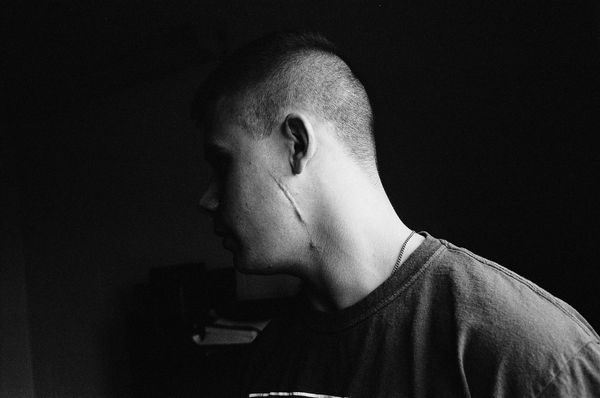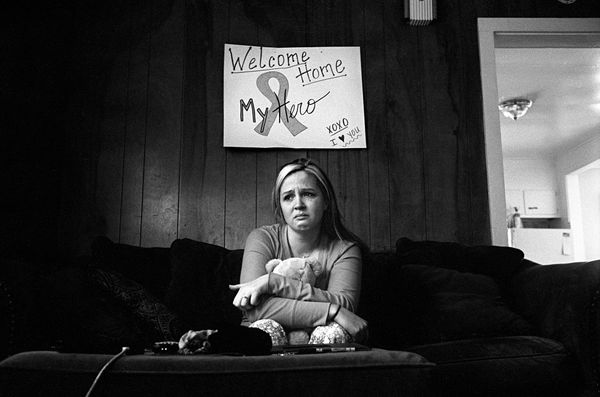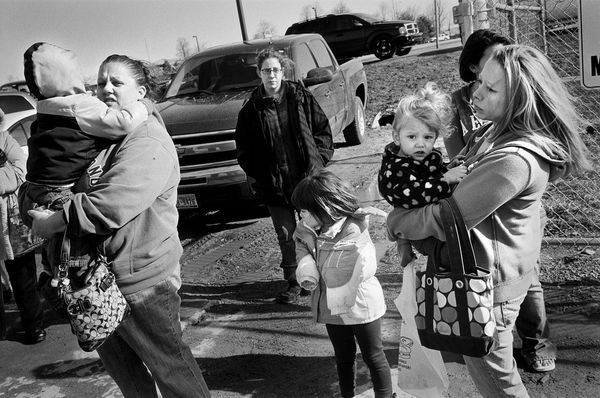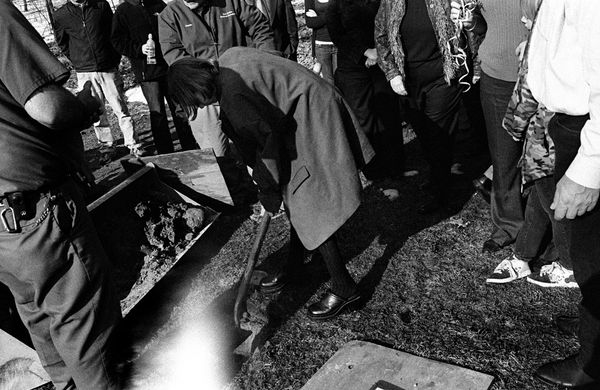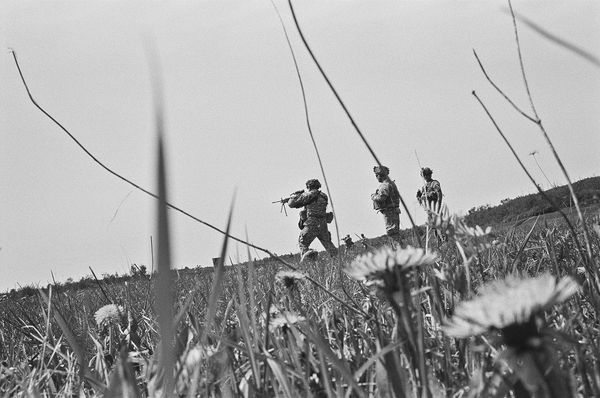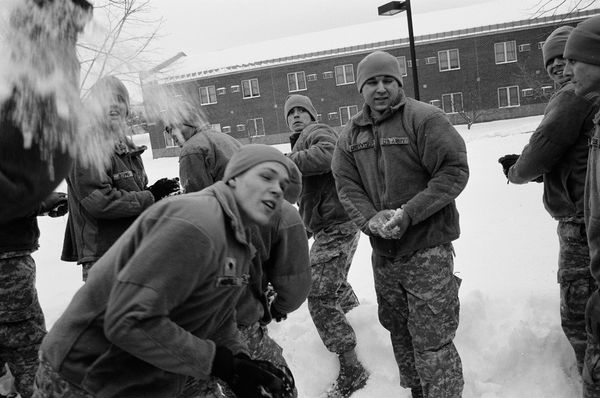The Homecoming Project
-
Dates2010 - 2012
-
Author
The Homecoming Project Today, America’s young recruits enlisting in the US military range on average from 18 to 25 years of age.
The Homecoming Project
Today, America’s young recruits enlisting in the US military range on average from 18 to 25 years of age. They come from various backgrounds all over the United States, but most are from demographics of low socioeconomic status. Some lack a complete high school education; others have difficult situations at home, a history of drug abuse and addiction, and, or, records of petty crime. Many join with eager hopes of going to college on the GI Bill, doing something note-worthy for their country, or leaving their small towns behind to see the world.
From 2009 – 2011 I documented the US military’s 10th Mountain Division in Afghanistan. Since 2010 I have continued photographing the lives of service members after they return home from deployment, which includes a six month-span in 2010 where I lived at Fort Drum’s 10th Mountain US military base to photograph infantry service members’ to-day-day lives. My photographs illustrate service members at war, coming home from war, and returning back to war again – a decade long cycle experienced by millions of American families.
The US military, following their return home from the wars in Iraq and Afghanistan, is suffering from repercussions as devastating and traumatic as war itself. Service members returning home wage a different type of war – one of invisible wounds and inner-conflict, which can go undetected for years. 25% of returning service members are diagnosed with Post Traumatic Stress Disorder, while 30% are diagnosed with Traumatic Brain Injury. Symptoms of PTSD and TBI can include depression, anxiety, changes in personality, severe headaches, sleep disturbance, substance abuse, and violent behavior, while the most extreme cases result in suicide. In 2009, the rate of suicide among US military service members surpassed the number of those killed in action in Iraq and Afghanistan combined. Today, one US veteran commits suicide every hour and 20 minutes – a rise from 18 a day in 2012 to 22 a day in 2013.
Below the surface of these rattling statistics, war also permanently changes the service members’ identity and perspective, creating a separation gap between them, their families, and members of the civilian community. The Homecoming Project documents the constant change throughout “The Hero’s Journey” – the trauma, loss and courage experienced by members of the US military and veterans after returning home from war. The Homecoming Project conveys the devastating affect the wars in Iraq and Afghanistan are having on the 2.5 million members of the US military who have been deployed in the Afghanistan and Iraq wars, illuminates key issues affecting today’s veterans, and creates further awareness and understanding for veterans and their families.
1. Men’s Health, 2012 Dec. issue: The Military's Billion-Dollar Pill Problem, by Paul John Scott
2. BBC, 10/28/2013: PTSD 'most common in young soldiers' says new report
